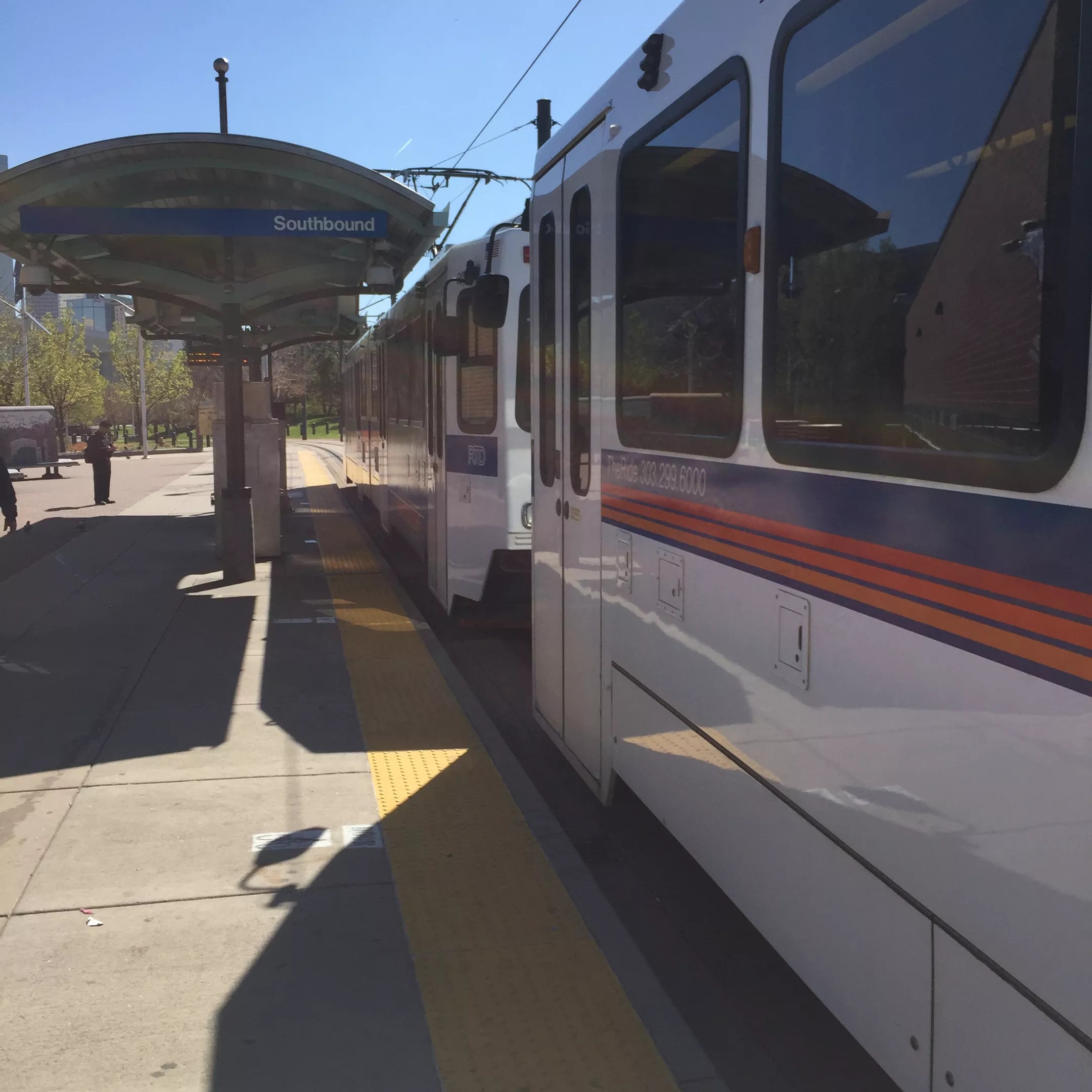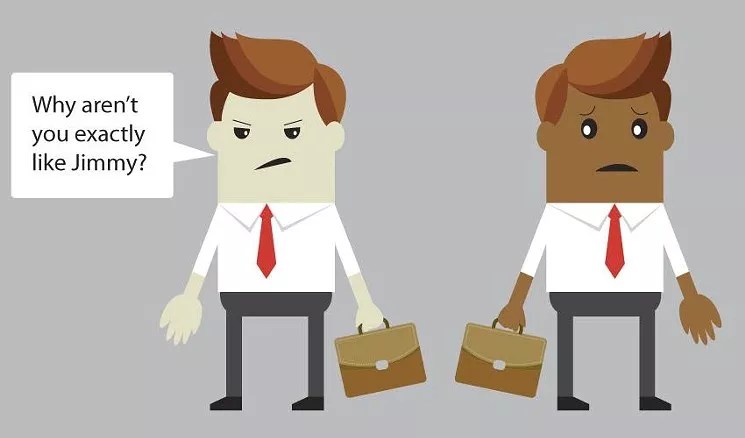
Teague Bohlen

Audio By Carbonatix
Why would RTD reduce service to one of the boom areas of Denver? There are apartments, condos and new homes being built throughout Five Points, Curtis Park and RiNo; this is an area that by the city’s own estimates (not to mention design) will be far more populous in only a few years. That means a lot for the city’s infrastructure, including that mass-transit options for the area will only become more important, not less.
But starting this January, RTD marooned the single-track line up Welton, turning it into a simple spur back and forth from 16th Street, just one of many new service reductions that has significantly increased the commute time for anyone taking light rail to anywhere but downtown. For a city that needs more light-rail options, reducing service like this is a bewildering move. “Shortsighted” is putting it kindly.
The changes might seem like a minor inconvenience. The D Line used to run all the way from 30th and Downing, travel down Welton and through downtown, emerge on the other side by the DCPA to round the Auraria campus before heading south to Mineral in Littleton – and then make the return trip all the way up. Now, the D Line terminates on the north end right downtown, where the new L Line loops continuously between 16th Street and 30th and Downing like that train from the Twilight Zone episode “Stopover in a Quiet Town,” where the train just keeps pulling into Centerville and nowhere else.
But it’s not a big deal, right? It’s just a hassle. Get off the train, maybe walk a block to where you can catch the next train, make sure to keep your transfer ticket, swipe it at that next stop, get on that train, keep going. It’s maybe a ten-minute addition to the ride. Is that so much to ask?
To put it simply: yes. Or it should be for a city that just boasted about its light-rail system in a vaunted pitch for Amazon’s HQ2. It’s moving in the wrong direction for Denver as a whole, and, without question, a terrible idea for service to that part of the Mile High City where the residential population is skyrocketing.
Consider this: That extra ten minutes per trip is really twenty minutes per day, there and back. Twenty minutes per day is an hour-forty per work week. Over 52 weeks of the year, even taking into account some vacation time in there, this change will cost riders well over three days of their lives per year. That’s three days out of 365 that riders are being told to just hold their nose and give away without complaint. (And that’s minimum; if you’re trying to get from Welton down to Mineral, which was until last week a one-train straight shot, your additional wait time to catch the D from the L could easily be over a half-hour. You don’t want to do the math on that one.) Who has three days annually that they want to donate to RTD – especially three days per year that they didn’t have to spend waiting for a second train just last week?
No one, of course. And RTD must have known that. So why the changes? Scott Reed with RTD says that it had something to do with the limitations of the single-track design of the rails as they enter Five Points. “The changes decrease the chances of delay due to that single-track being shared by two trains,” Reed says. “That delay can cascade through the system.”

Dekan Naked at Flickr
It’s not just about the avoidance of system slowdown; RTD’s Lisa Trujillo says that it was also about usage. “Our on-board surveys have shown that relatively few passengers travel south of downtown.” She adds that RTD looked at ridership numbers, discussed it at public meetings, and “even did direct outreach at light-rail stations last summer.”
What RTD might not have looked at was the future, a not-too-distant place where an increased population needs to get not just downtown, but places south as well. And in that future of increased demand and need, it’s going to be embarrassingly conspicuous that while all these high-rise condos and apartment buildings and homes were going up, RTD service to the area was going down. To frame it in the manner of RTD’s own bad-idea-Jimmy ad campaign from last year: Jimmy doesn’t care about passengers who don’t work downtown. RTD, don’t be Jimmy.

Westword illustration
So can this service-reduction train be turned around? Sure. Reed says that RTD compiles data monthly, analyzes it quarterly, and has the opportunity to determine service changes three times a year. So when ridership patterns change, RTD will have the opportunity to reinstate service to Five Points and connect it more effectively with the rest of the city via light rail.
What RTD also may have missed in all this was the way this presents a serious image problem for the department. Five Points is a part of Denver that already feels insulted by the gentrification happening all around it. The shadow of redlining still looms large in the memories of the longtime residents in this historically African-American neighborhood, and reductions in service like this one invoke those uninvited ghosts all over again.
At the very least, if RTD was going to reduce service to the area of Denver once called the Harlem of the West, maybe it would have been smarter to start it on any other day of the year than the Martin Luther King Jr. holiday.